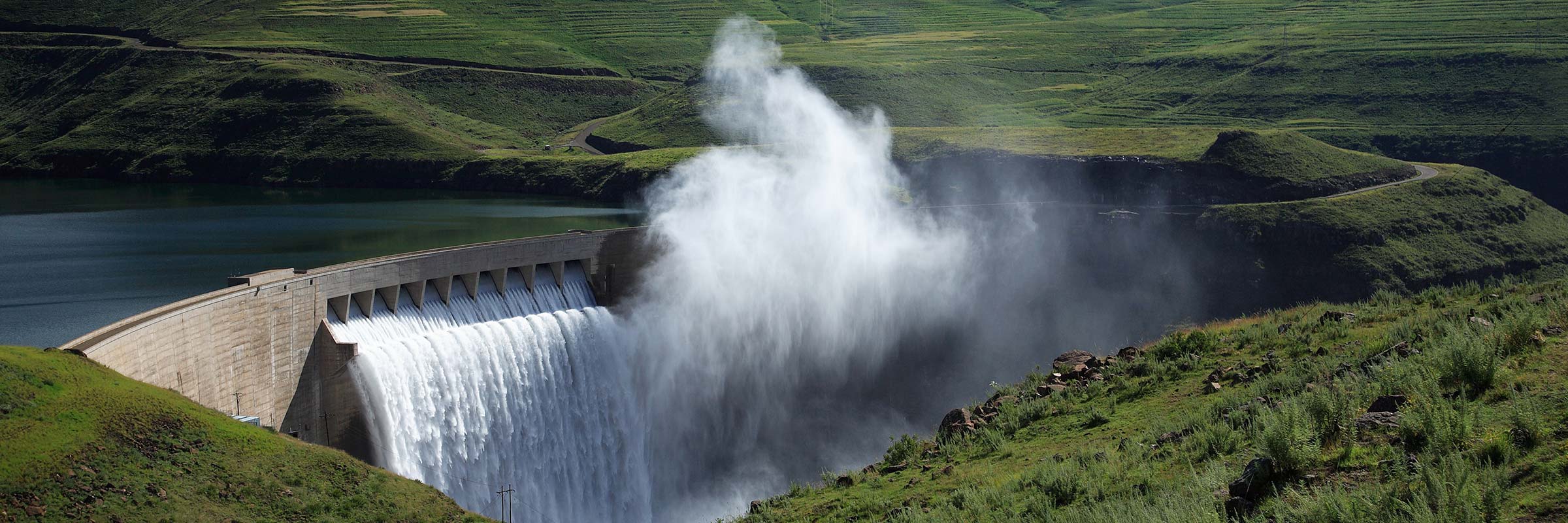
1870
m
of tunnel excavation
1270
million
cubic metres per annum
500
GWh
per year
Ready
to
connect?
Talk to one of our specialists about our role on the Lesotho Highlands Water Project.




